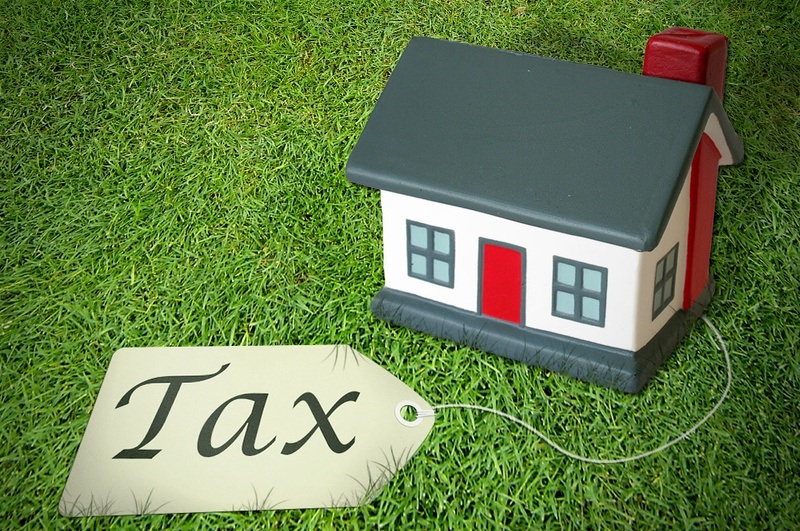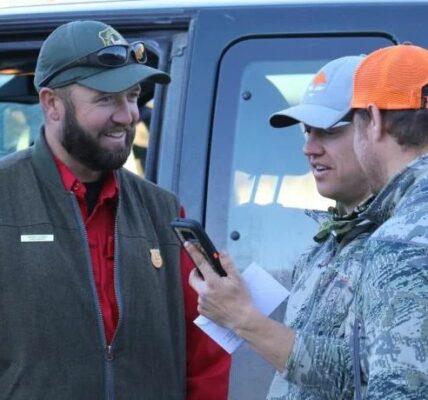As demand soars for property tax relief, lawmakers look to grow refund program

• Refunded residents more than doubled after the Wyoming Legislature expanded eligibility last spring. Another expansion could be twice as nice, according to some lawmakers.
By Maggie Mullen, WyoFile.com
After a record number of Wyoming residents used the state’s property tax refund program this summer, the Legislature is considering expanding the initiative again to increase financial relief and reach even more taxpayers.
As residential property values have risen, so have property taxes. Counties like Sheridan, Teton and Park have jumped higher than others, with increases topping out at 36%. After state lawmakers found limited success enacting relief and reform during the 2023 legislative session, voters have since expressed dissatisfaction by way of heated public testimony and petitions. Now, like this time last year, lawmakers are sorting through a slate of solutions ahead of the upcoming session.
Expanding the refund program is one of several options on the table, and one of the quicker, more temporary fixes. More ambitious reform will require time, resources and voters approval on the 2024 ballot. Plus, expanding the program could provide relief to taxpayers who missed out on the latest round of refunds, lawmakers said.
“A lot of people feel like at least when they’re getting something back, they’ve been heard … that we’re reflecting their concerns about these high values and high taxes as a result,” Rep. Liz Storer (D-Jackson) said during the Joint Revenue Committee meeting on Tuesday in Casper, where lawmakers considered a draft bill to expand the program. “So in some ways, it’s more important to get something than nothing at all.”
(Storer is president and CEO of the George B. Storer foundation, a financial supporter of WyoFile.)
The committee voted 12-2 to sponsor the bill.
Program update
For homeowners facing a skyrocketing property tax bill, the state’s refund program can be a lifeline. That’s especially true for residents on a fixed income, such as retirees or those living with a disability. It works like this — residents submit an application after they’ve paid their bill, and if the Wyoming Department of Revenue approves the application, a check gets mailed.
The Legislature expanded the program just last year. More specifically, lawmakers broadened the income requirements and increased the amount that can be refunded. It was one of three bills lawmakers were able to pass to address the rising costs to taxpayers.
The newly-expanded program was a hit. That’s according to Department of Revenue records.
The total number of refunds, for example, more than doubled — from 3,085 in tax year 2021 to 8,813 in 2022 — and the average refund increased by more than $300. Refunds varied from county to county, but the state average was about $937. Additionally, the approval rate of applicants jumped from 70% to 91%.
The majority of rejected applicants made too much money to qualify, while 25% were rejected due to a lack of information for verification purposes and 13% were over the asset limit. Altogether, the program cost the state roughly $8.3 million.
The program, however, was so popular it ran out of money. In July, the initiative required roughly $2 million more than what had been appropriated to refund the remaining successful applicants. That’s when Gov. Mark Gordon intervened, according to Department of Revenue Director Brenda Henson.
“The governor’s office was able to ensure that this program was fully funded and we were able to get those checks out,” Henson told lawmakers.
In previous years, Henson said, her department waited until after the submission deadline to process all applications at once and then prorated refunds based on available funding.
“This past year, we made the choice to go ahead and start processing and sending out refund checks immediately,” Henson told the committee.
“It’s possible that we could make it common practice to simply wait to process those and then prorate those tax amounts,” Henson added. “But I believe everyone in this room knows that there was a lot of pressure to get some relief into the hands of the property owners of the state as soon as possible. And we believe we made the right decision at the time.”
If lawmakers don’t make any changes to how the program works, the 2023 tax year is expected to cost the state approximately $9.6 million in refunds.
Program expansion
Applicants only had three months between Gordon signing the program’s expansion into law and the June 5 application deadline. That also meant the Department of Revenue and other state and local agencies had about a month to implement the changes before the application window opened. Nonetheless, the program succeeded.
Henson, however, told lawmakers an additional expansion via a tiered system could once again create a tight turnaround time.
“It’s really going to be a challenge,” she said.
As amended by the committee, the bill would increase the qualifications for a refund from 125% of the county’s median gross household income to 175%. From there, a tiered system would calculate a successful applicant’s refund according to income level. In other words, higher earners would get refunds at a smaller proportion of their property tax bill, and vice versa.
The idea, Storer said, is to offer relief for residents who were ineligible for the program by very little.
“It does at least provide a stair-step down instead of a cliff for folks who are in the middle-income area and still paying excess in really steep property tax,” Storer said.
For others, the hike to 175% was simply too high to support.
“We can’t expect oil and gas to cover everything. People have to pitch in, too, for the services they’re receiving,” Rep. Ember Oakley (R-Riverton) said. She and Rep. Dan Zwonitzer (R-Cheyenne) were the two opposing votes on the bill.
The committee’s next meeting is on Nov. 13 in Cheyenne.
WyoFile is an independent nonprofit news organization focused on Wyoming people, places and policy.




